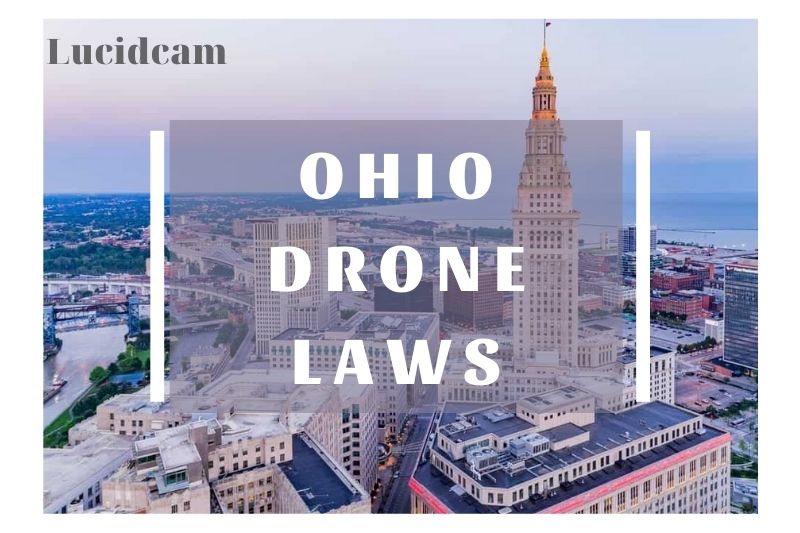Ohio drone laws govern the use of drones in the state. A drone is a tool that can carry a camera and be controlled from a remote location. Drones range from a few inches to more than three feet long, and some can stay in the air for up to two hours. While they are great tools for capturing photographs and video from angles that were previously unreachable, they can also invade privacy and hinder law enforcement efforts. Abiding by the local law and FAA regulations where drones are concerned is important for not only your safety but the safety of the general public, as well
Thus. In this blog, we will give you some information about Ohio Law before flying your drone in the air
Table of Contents
- 1 What Is An Unmanned Air System (UAS)?
- 2 10 Things You Need To Know Before You Fly
- 3 Notes For Recreational Drone Pilots Flying In Ohio
- 4 Notes on operating Commercial Drone Services In Ohio
- 5 FAQs
- 6 4. Is it necessary to have my Certificate of Aircraft Registration with me when flying my UAS?
- 7 Conclusion.
What Is An Unmanned Air System (UAS)?
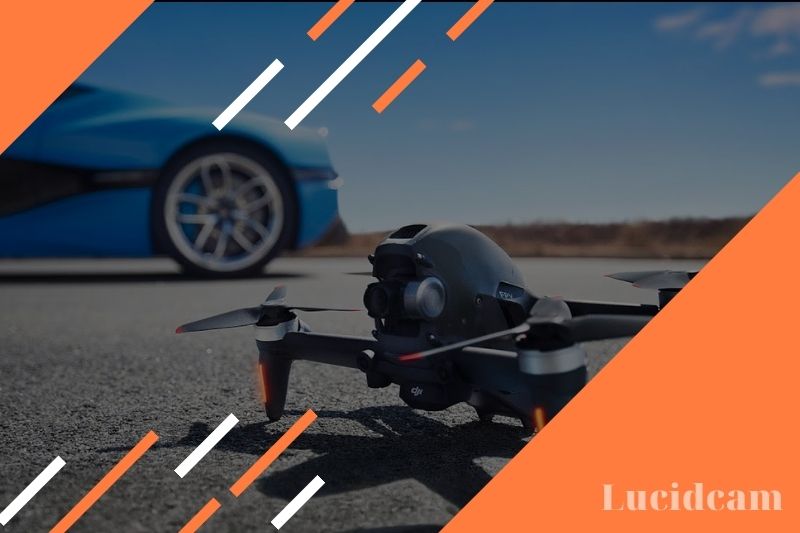
Unmanned aircraft systems are unmanned aircraft and all the equipment required to safely and efficiently operate them. It can be considered a component of a UAS. An unmanned aircraft is an aircraft that can be operated without human intervention (Public Law 112-95 Section 331(8)).
10 Things You Need To Know Before You Fly
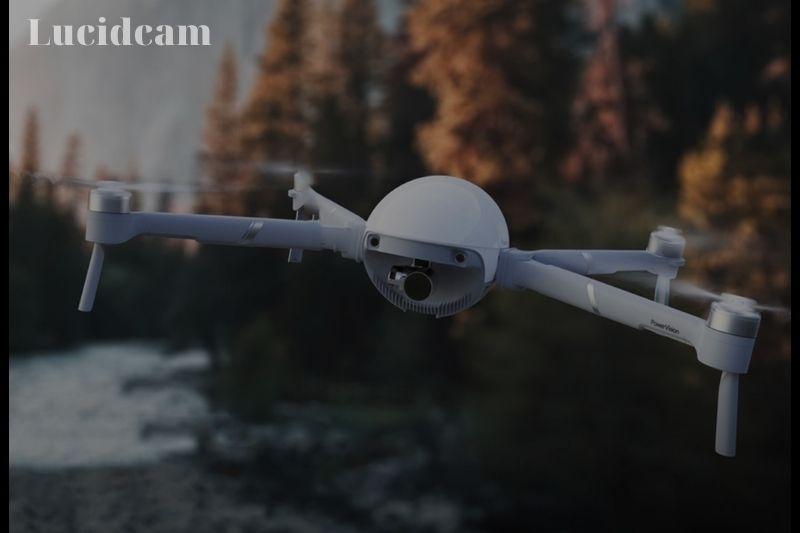
Safety tips and rules can help you safely fly in the national airspace, no matter if you are a beginner drone pilot or an experienced pilot. These tips can be viewed as a preflight checklist that will help you fly safely.
Register your drone
- Flying drones at 400 feet or less
- Your drone should be within sight of you
- FAA Airspace Restrictions
- Respect your privacy
- Avoid flying near other aircraft, particularly near airports.
- Fly over crowds, public events or stadiums packed with people.
- Avoid flying near emergency situations such as hurricane recovery or fires.
- Never fly while under the influence of alcohol or drugs.
- For flights within a 30-minute radius of airports, always notify the airport operators and Air Traffic Control.
You must contact The Ohio State University Airport if you intend to fly within five minutes of The Ohio State University Airport.
- The Ohio State University Airport – 614-292-5460
- KOSU Air Traffic Control Tower – 614-292-99834
Federal Drone Laws In Ohio
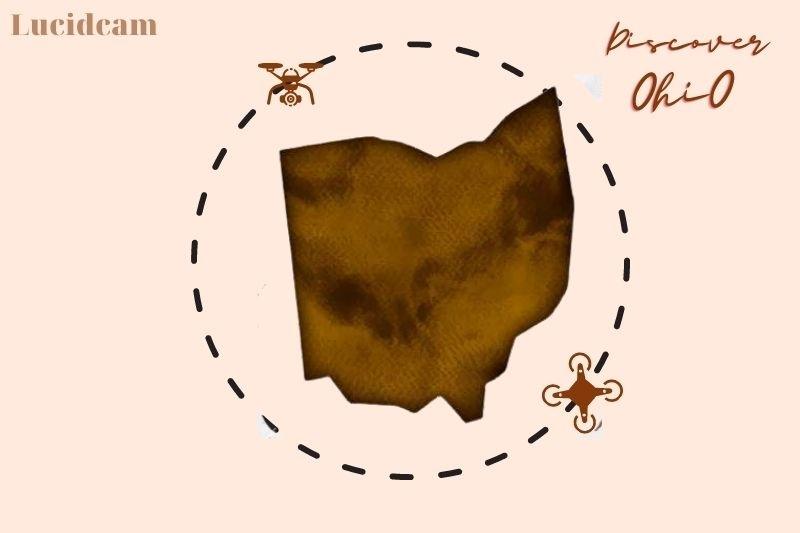
These drone laws, which apply to all states in the U.S., including Ohio, were created by the federal government.
You must be a commercial pilot to fly a drone in Ohio. You must follow the FAA’s Part 107 Small UAS Rule (Part 107) to fly a drone for business or work purposes.
Ohio allows hobbyists to fly drones as hobbyists. The FAA ( federal aviation administration) requires you to pass the Recreational UAS Safety Test. The FAA also requires you to adhere to the rules for recreational model aircraft. You will need to pay $5 to register your drone if it weighs in at more than 0.55 lbs (250g). Additional rules apply to altitude and airspace, as well as keeping your drones in line of sight while you fly.
You can fly a drone in Ohio as a government employee (e.g., for a fire or police department).
State Drone Laws For Ohio
These drone laws applied to Ohio’s entire state and were established by the Ohio General Assembly.
According to the Ohio Department of Transportation and the Ohio General Assembly, there is one law in Ohio that governs drone use.
HB 292 // 2014.
The aerospace and aviation technology committee was created by this law. The committee has the responsibility of researching and developing aviation technology, including unmanned aircrafts.
The Part 107 regulations of the FAA apply to all drone pilots who operate commercially in Ohio. This guide provides information about how the FAA certifies commercial drone pilots.
Do you know anything we don’t? Send us an email at support[at]uavcoach[dot]com. Although we do our best to keep this list current, due to the speed of the small unmanned aerial systems (sUAS) and the response from municipal governments, Ohio drone regulations can change all year. It can also be difficult to track changes. Please let us know if we have missed anything.
Additional drone laws are also created by the Ohio legislature
House Bill HB 292 (2014)
This law creates Sec. This law enacts Sec. The OAATC’s primary function is to promote, develop, and further develop aerospace, aviation, and technology industries, including unmanned aerial vehicle (UAVs),
The Ohio aerospace and aviation technology committee was created. It consists of the following members:
- The president may appoint three members to the Senate. No more than two members of the same political party can be included in the group.
- The speaker of the house may appoint three members to the house of representative. No more than two members of the same party can be in the house of representatives.
- There are fifteen members who represent aerospace, technology, military, and academia. The governor shall appoint one such member, and fourteen such members shall be appointed by a majority vote of the six members representing the senate and house of representatives.
The committee’s duties include but are not limited by the following:
- Studying and developing comprehensive strategies to promote aviation, aerospace, and technology in the state. This includes the commercialization of aerospace and technology products and ideas.
- Encouraging communication and resource-sharing among individuals and organizations involved in the aviation, aerospace, and technology industry, including business, the military, and academia;
- Promoting research and development in aviation, aerospace, technology, and industry, including the research and development of unmanned aerial vehicles.
- Providing assistance related to military base realignment and closure.
Local Drone Laws Ohio
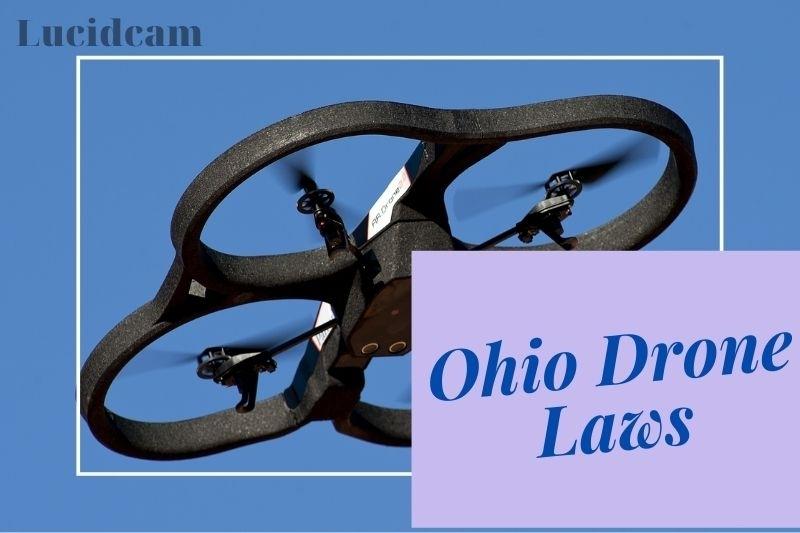
These drone laws are only applicable to specific regions, cities, and counties in Ohio. They were created by different authorities within the state.
Cleveland City–Municipal Law // 2016.
This ordinance allows the city police to enforce FAA laws pertaining to drones.
City of Celina-Municipal Law // 2015.
This ordinance prohibits the use of drones over city-owned properties, including parks.
Cincinnati Parks–Park Board Rule // 2017
This rule prohibits drones from Cincinnati parks. It is only allowed with written permission by the park boards.
Butler County–Metro Parks // 2008
No persons shall operate drones or other remote-controlled aircraft in Metro Parks of Butler county outside of designated areas. Under certain conditions, the Executive Director may issue special use permit. For law enforcement and medical responders working within the lines of duty, there are official exceptions to drone operations.
Anderson Township Parks-Park District Rule // 2015.
This township ordinance bans the use of drones in any park or facility owned by the township without written permission from the Executive Director.
Hamilton County–Great Parks Rule // 2015.
This rule prohibits drones from Hamilton County’s Great Parks unless the Chief Executive Officer has given written permission. A Private Drone Usage Application can be submitted by recreational drone pilots. Commercial drone pilots may submit a Commercial Drone Usage Application. You can find more information on Hamilton County drone laws at their website.
Let check ou list of the Philippines Drone Laws 2023: Top Full Guide. or Oregon Drone Laws 2023: Top Full Guide For You.
Notes For Recreational Drone Pilots Flying In Ohio
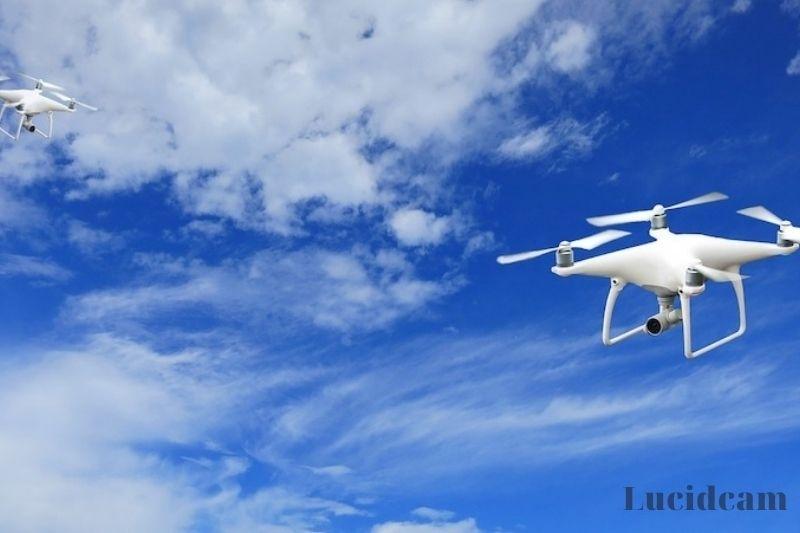
You can fly recreationally with a small drone weighing less than 55 pounds by following the FAA Part 107 Drone Laws.
The FAA has approved recreational UAS operations in Ohio, specifically Part 107. For additional clearance, licensing, or permissions, please check the state jurisdiction.
These rules will keep your drones and you safe, and help to keep airspace open for everyone.
- Only fly for recreational purposes (enjoyment).
- Follow safety guidelines issued by an FAA-recognized Community Based Organization. Not yet, we have not officially begun to recognize CBOs. Recreational flyers should adhere to safety guidelines provided by existing aeromodelling organizations or follow the FAA’s safety guidelines per Advisory Circular 9-57B.
- You can keep your drones in the visual line of sight or you can use a colocated visual observer, which is physically next to you, and indirect communication.
- Crewed aircraft are not to be interfered with.
- With prior authorization using LAANC and DroneZone, fly at or below 400 feet in controlled airspace (Class C, D, E, and E).
- Fly below 400 feet in Class G (uncontrolled airspace). Not all drone flights are allowed in certain areas. You can search for navigable airspace and other classes of airspace by a drone pilot on the B4UFLY app, or on the UAS Facility Maps website.
- You must pass the Recreational UAS Safety Test.
- You must have a valid registration. Mark (PDF) your drones with the registration number and bring proof of registration.
- Your drone should not be operated in a dangerous manner. You can use this example:
- Do not interfere in emergency response or law enforcement activities.
- Flying under the influence of alcohol or drugs is not a good idea.
- Avoid flying close to or above critical infrastructure.
Recreational drone pilots need to be aware that they can be held responsible for violating any safety regulations and/or operating their drones recklessly or carelessly.
Recreational drone operators should consult the Federal Aviation Administration’s (FAA) rules regarding the safe use of recreational drones. They should also use common sense when operating drones in areas with wildlife or historic resources.
Notes on operating Commercial Drone Services In Ohio
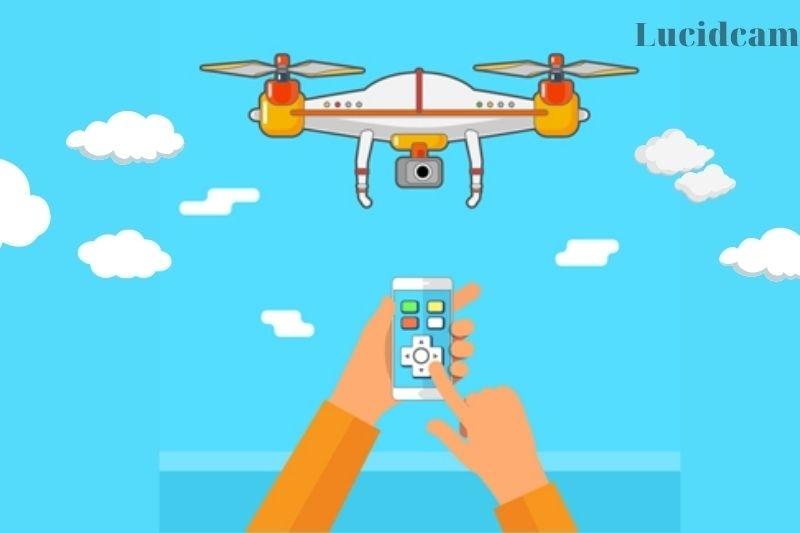
You can fly a small drone weighing less than 55 lbs for business or work if you follow the FAA Part 107 Drone Laws.
The FAA Part 107 approves commercial drone operations in Ohio. For additional clearance, licensing, or permissions, please check the state jurisdiction.
To fly under Part 107 rules, drone owners must take three steps:
Step 1: Read the Rules
- Part 107 rules are confusing. Make sure you know what is allowed and what isn’t. A summary of Part 107 rules can be found here (PDF). Are you unsure if Part 107 applies to your UAS operation? You can check the FAA user identification tool.
- Part 107 does not cover all operations and you will need to waive them. These are just a few examples of Part 107 sections that are subject to waiver.
- Operation from a moving aircraft or vehicle (SS 107.25)
- Daylight operation (SS 107.29)
- Visual line of sight operation for aircraft (SS 107.31)
- Visual observer (SS 107.33)
- Multiple small unmanned aircraft systems operated (SS 107.35)
- Yielding the right-of-way (SS 107.37(a),)
- Operation over People (SS 107.39)
- Operation in certain airspaces (SS 107.41).
- Operating limits for small unmanned aircraft (SS107.51)
- *The FAA won’t waive this section to allow carriage of property by aircraft for compensation or hire.
- Read about the Part 107 waiver application process if your operation requires a waiver.
3. Commercial drone pilots should not fly near airports as it is difficult for manned aircraft to see or avoid a drone. The UAS operator must keep clear of crewed aircraft. They are responsible for any safety hazards their drone causes in an airport environment. Learn more about flying close to airports.
Step 2: Pass the Knowledge Test to Become an FAA Certified Drone Pilot
- You must be at least:
- Minimum 16 years of age
- Ability to understand, read, write, speak and comprehend English
- To safely fly a UAS, you must be in good physical and mental health
2. Check out the complete process for obtaining your Remote Pilot Certificate or Drone License.
3. Review the FAA Test Prep Materials to help you prepare for the Knowledge Test.
4. Before you register for a knowledge exam, obtain an FAA Tracking Number.
5. Make an appointment to take the Knowledge Test in an FAA-approved Knowledge Testing Center.
6. After passing your test, fill out FAA Form 8710-13 to obtain a remote pilot certificate (FAA Airman Certificate/or Rating Application) via the electronic FAA Integrated Airman Certificate/or Rating Application (IACRA).
7. Now you are eligible to fly commercial drones
Step 3: Register your drones at the FAA
- Registering costs $5 and is good for three years. To register, you will need a credit or debit card as well as the make and model number of your drone.
- To register your drone, visit dronezone.faa.gov.
- Register your drone and mark it (PDF) with the registration number in case it is lost or stolen.
FAQs
1. Do I need a drone license in Ohio?
Ohio Drone Registration
Federal law requires that small drones weighing less than 55 pounds be registered. Registering online or using legacy paper-based registration methods, you can register and mark your drone with a registration number.
2. Where can I fly a drone in Ohio?
Ohio has several state parks. Each park is allowed to enforce its own drone rules. Federal law makes it legal to fly above state parks. The park may ban take-off or landing from within the park. You should fly if there is no signage at the state park where you are.
Check here to learn more information where you can fly a drone in Los Angeles: Where To Fly Drone In Los Angeles 2023: Top Full Guide
3. What is the maximum height I can fly my drone in Ohio
400 feet
The new regulations allow the commercial and personal flight of drones less than 55lbs. They can be operated in daylight and within the visual line of sight of the pilot. A drone’s camera doesn’t satisfy this requirement. There is a maximum speed of 100 mph and a maximum altitude of 400 feet above the ground.
4. Is it necessary to have my Certificate of Aircraft Registration with me when flying my UAS?
Yes. You must always have your FAA registration certificate with you when flying. All UAS operators must present their registration certificate to any local, state, or federal law enforcement officer if asked.
5. Do you have to register your drones in Ohio?
Yes. Ohio drone regulations require you to register your drones with FAA before your plane can fly.
Conclusion.
Drone laws in Ohio, keep in mind that they do not permit drones to fly over private property without the property owners’ permission. Drone pilots must also stay in a line of sight of the drone in order to operate it and be below 400 feet. Because of these restrictions, it’s important to get permission from the property owner before flying over someone else’s private property.
If you are unfamiliar with the lay of the land or don’t have a map, just ask if you flying drones over someone’s backyard or house. When you’re flying your DJI Mavic Pro in Ohio, remember to steer clear of emergency response efforts, which are marked by small flashing lights on the ground.
Lucidcam hopes this article will be helpful for you. Thank for reading! Happy Flying!
